This second instalment of the series takes us from Mysore to Chikmagalur, the main theme being the magnificent Hoysala temples which lie on this route. The term Hoysala refers to the empire which ruled much of the Southern Deccan Plateau between the 10th and the 14th century. Art and architecture flourished under the Hoysala rule and their temple architecture in particular is what is still in evidence today.
Probably the best preserved of all Hoysala temples is at a small village called Somnathpur – various alternative spellings exist – which is only a short distance from Mysore. The temple, which sits on a raised platform and contains three shrines dedicated to Krishna, was completed in 1268.
The three shrines are linked inside to a common rectangular hall. The interior is very richly decorated, with exquisite carvings covering much of the ceilings and many walls.
However, to my mind at least, the outer walls of the temple are even more impressive. Every surface is covered in beautiful stone carvings. Some depict scenes from various Indian epics, others show battle scenes and different animals, both real and mythical. They run in bands around the whole of the temple – without the pattern ever being exactly replicated. The carvings of numerous deities, in a band at about eye level, are the most intricate.
The material from which the carvings were fashioned is soapstone, a type of rock that apparently is relatively soft when it is freshly dug out of the ground, but hardens with exposure to the air.
The picture below depicts the full extent of the friezes along one side and also shows the temple’s layout quite clearly. What at first might appear to be round structures are in fact stellate designs, with a footprint of 16-pointed stars. The amazing roof design is also clearly visible – and the roofs are completely intact even after 750 years!
Not all the carvings are of deities, battle scenes, elephants etc.. As the photo below illustrates, the temple walls seem to have served as a means of sex education as well.
The temple sits inside a closed, square courtyard, the perimeter of which is formed by a colonnaded passageway.
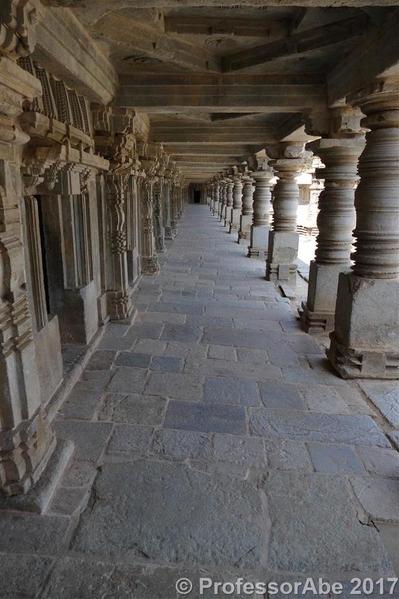
Below is a final view illustrating the intricacy of the artwork on the outside of the shrines.
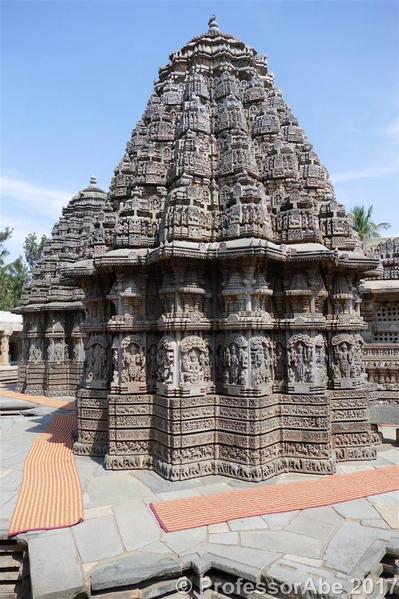
Approximately half-way between Mysore and Chikmagalur lies the small town of Shravanabelagola. It is famous for its 17m high, monolithic statue of Gommateshwara (sometimes also referred to as Bahubali), a key figure in the Jain religion. To reach the statue, pilgrims need to climb around 660 stone steps – without shoes. This is not an easy feat when the temperature is in the mid-thirties Centigrade, as it was when we were there. The steps get very hot indeed and some enterprising folk, therefore, sell socks at the bottom.
As you climb up, you get good views of the town and the large tank in its centre.
At this point in the article you probably expect to see a photo of the statue. I haven’t put one in, as it turned out to be completely obscured by scaffolding. We did not find out why. The guidebooks tell you that there is a major festival every 12 years, when scaffolding is erected around the statue in order to be able to anoint it with oils, yogurt, fruit, and nuts. However, since this festival was not due for another year, it was unlikely to be the reason behind the scaffolding. Indian visitors we talked to were similarly perplexed.
The onward journey took just over two hours. We had not done much research on Chikmagalur as a destination, but it turned out to be a reasonably pleasant little town with a lively centre.
Dotted around the hills behind the town are numerous coffee plantations and coffee is central to the local economy. Our hotel celebrated the coffee culture by providing the local brew free of charge for an hour every afternoon. They certainly like their coffee strong there – wimps like us ended up asking for very milky versions!
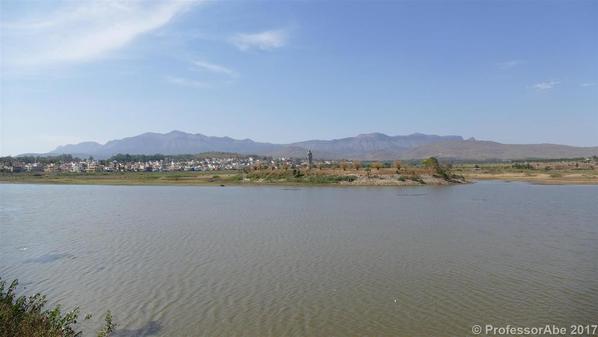
Chikmagalur is an ideal base for exploring the Hoysala temples of Belur and Halebid. Both towns were capitals of the Hoysala empire at some time. The photo below shows the entrance to the Belur complex. The gopura dates from the 16th century.
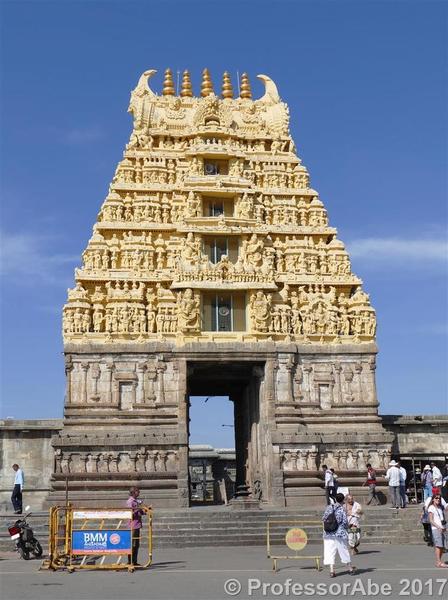
The main temple, referred to as the Chennakesava temple, is significantly older. It was started in the early 12th century , but apparently took more than 100 years to complete. The following two photos depict it from two different sides. (The picture at the beginning of this article, showing the Hoysala empire emblem, was also taken at Belur.)
Again, elaborate friezes round the outside depict elephants, deities, mythical beasts, and scenes from Indian epics. Some of the carvings are very intricate indeed, with every detail of, for instance, clothing or jewellery on the figures clearly visible to this day.
I particularly liked the carving below, but for a different reason – which has more to do with my warped sense of humour than anything else. On the right-hand side is a young man, who is so deeply in love with a girl that he does not seem to notice that she has a face like a donkey.
The interior of the temple also contains some magnificent sculptures.
In addition to the Chennakesava temple, there are several others at this site. While they are not as ornately decorated, they are certainly worth a look and a photo.
There is also a small stepwell near the entrance to the complex.
It takes less than half an hour to get from Belur to Halebid, the site of another great Hoysala temple. The structure actually comprises a pair of temples built side-by-side, each with its own sanctum.
There are two huge monolithic Nandi statues here (- one outside each ‘half’ of the temple). This is one of them, seen from the interior through a side door.
Although the temple apparently was never fully completed, it is undoubtedly a major achievement of the era. The photos of the fabulous friezes and other carvings below speak for themselves.
I had the excellent (free) Android app produced by stepwells.org on my phone – cf. Travelgumbo posts regarding their atlas – and knew that there was a nice stepwell near the temple site. It turned out to be a 10 minute car ride away, down some narrow dirt tracks. However, it was worth seeing.
The well, unfortunately, was completely dry. This was not completely unexpected, as we had gathered from the papers that many parts of Karnataka had been hit by the worst drought for over 40 years. Our further travels took us past several lakes and other waterways which had dried up entirely and several districts declared a full-scale emergency when we were there.
To be continued with pt.3: Hampi

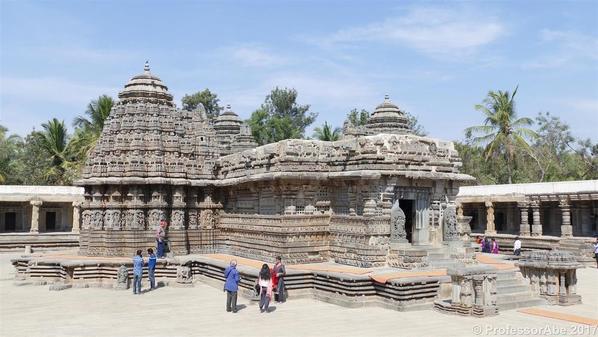
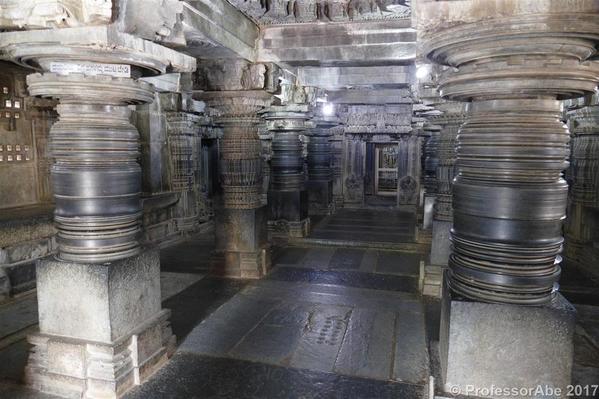
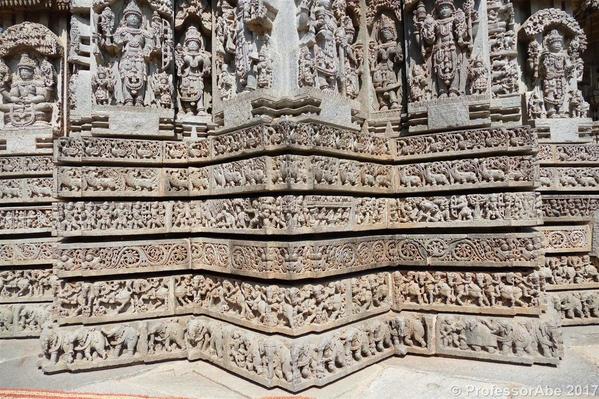
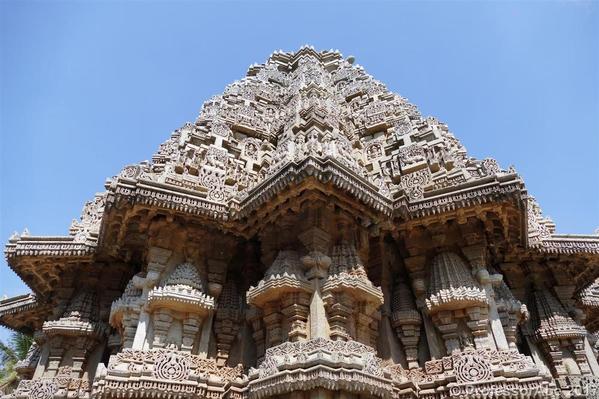
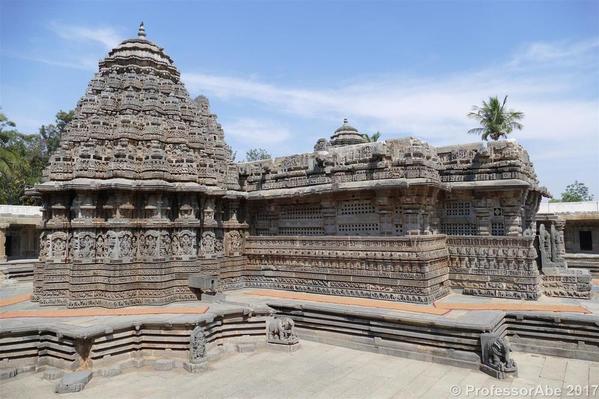
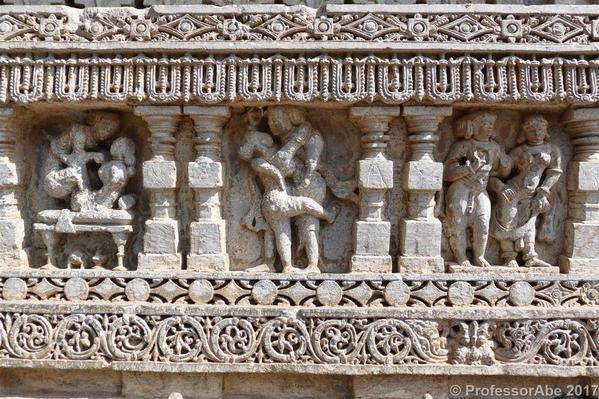
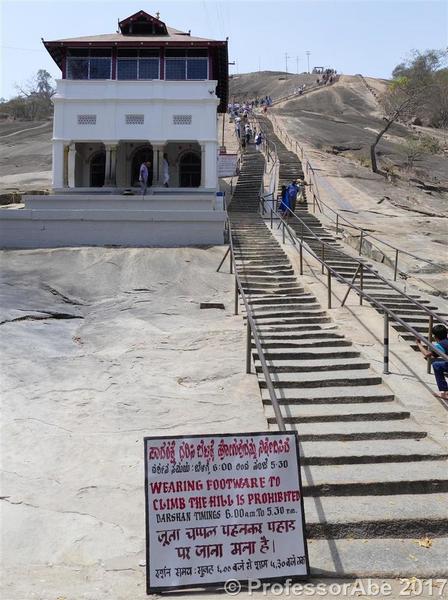
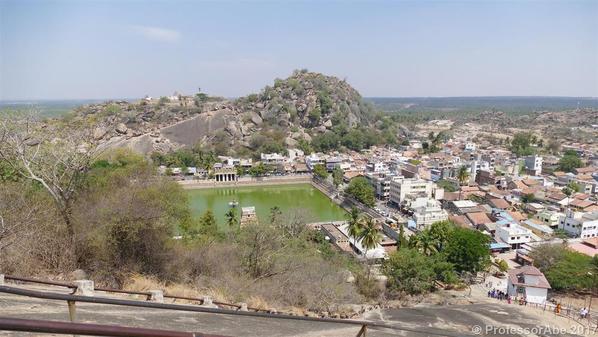
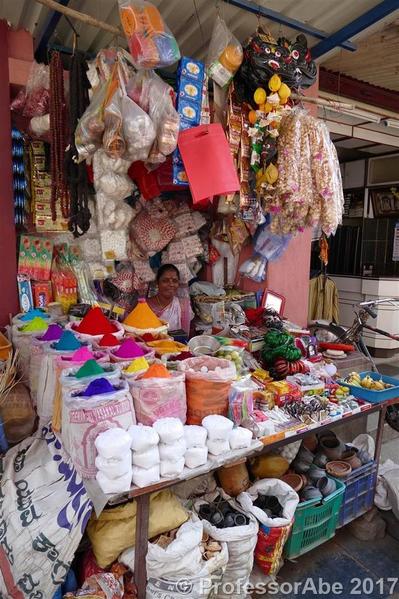
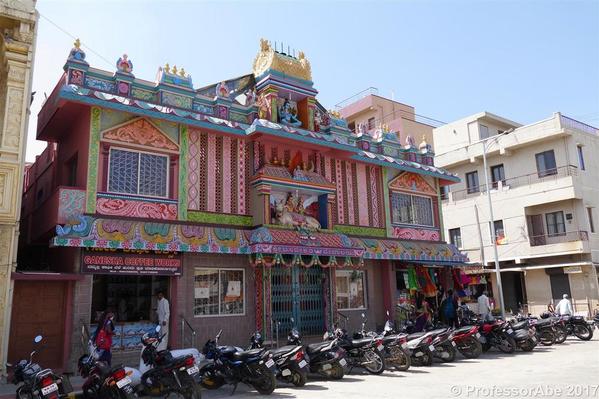
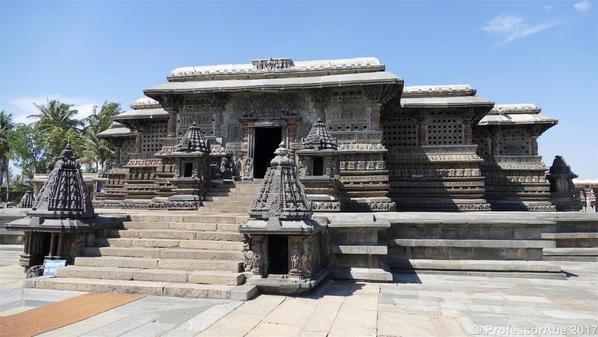
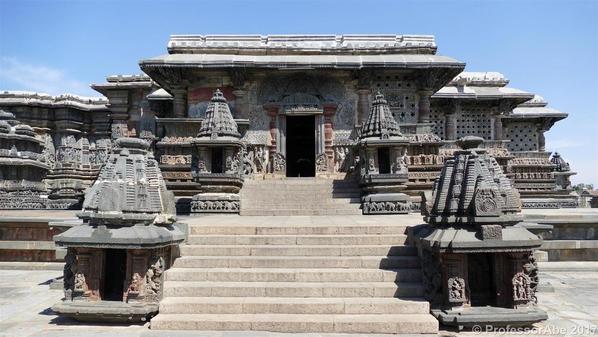
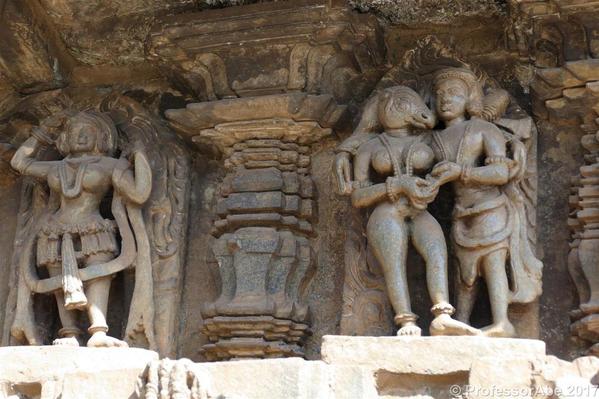
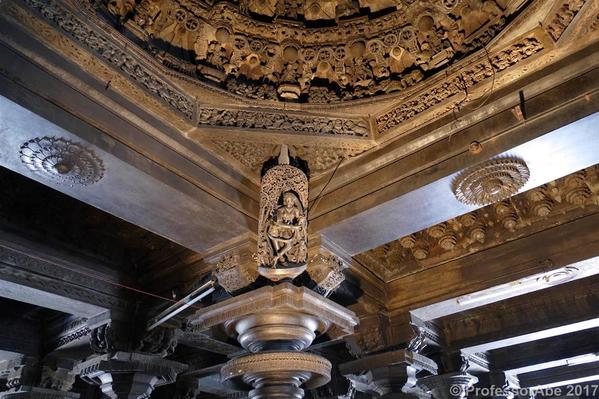
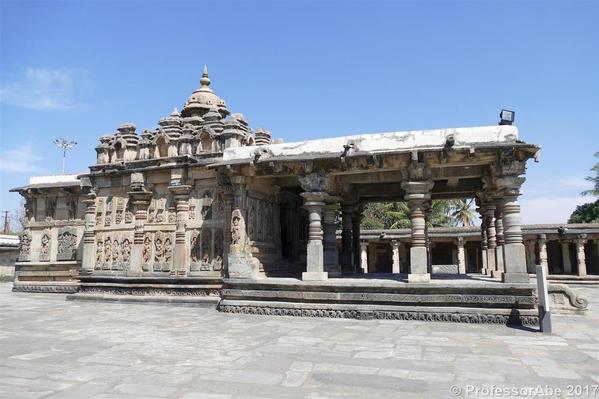
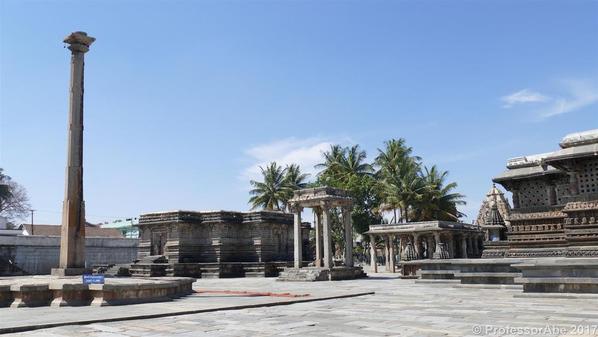
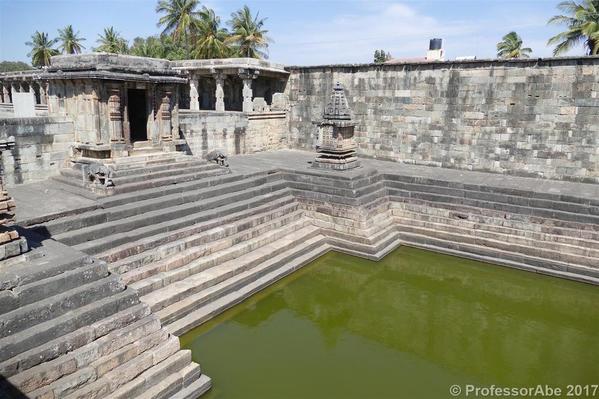
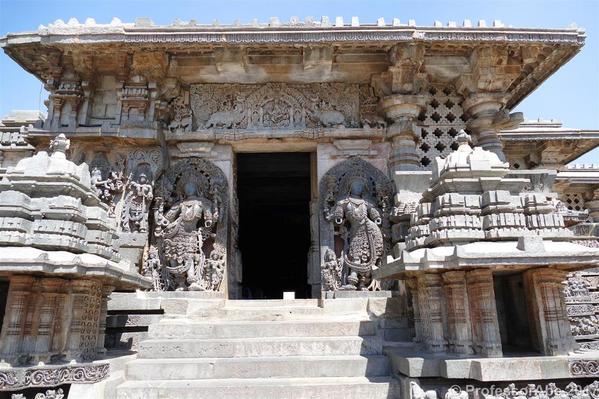
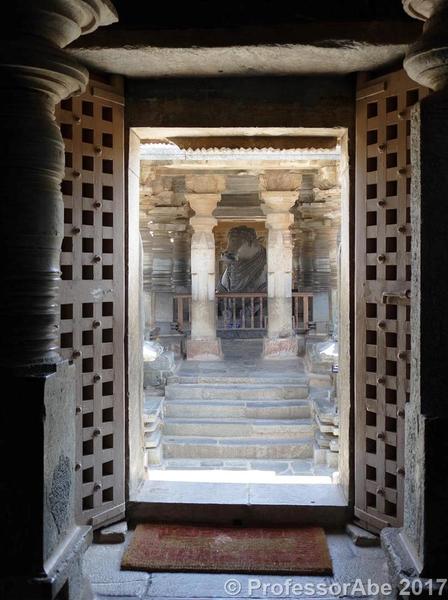
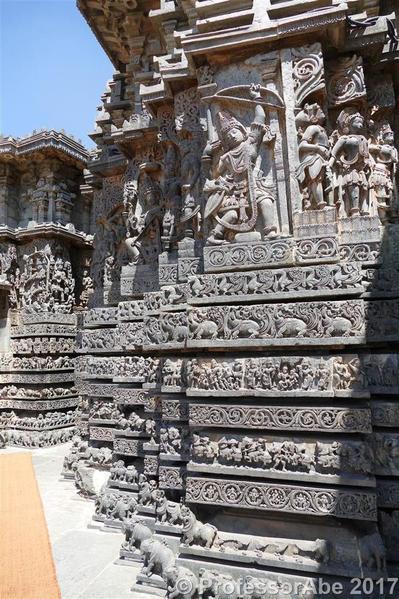
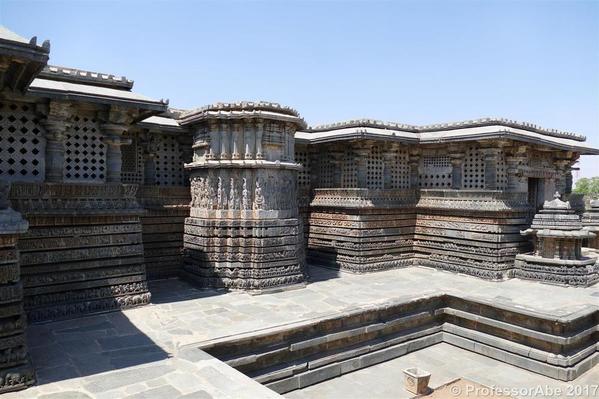
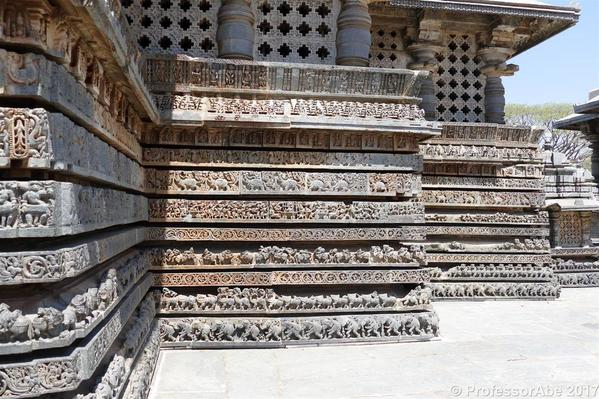
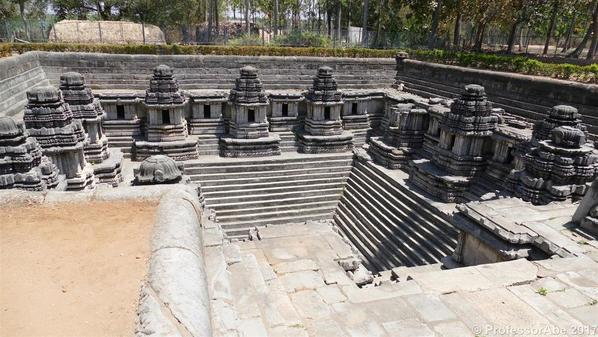
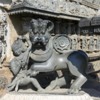



























Comments (4)